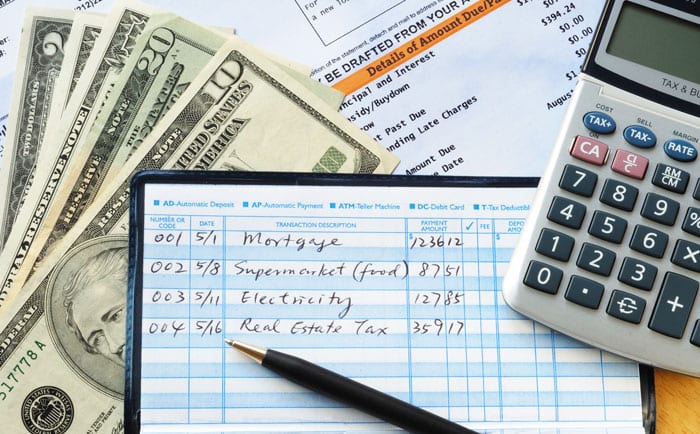Embark on a journey to financial success with our guide on How to Budget Your Money Like a Pro in 10 Easy Steps. Discover the secrets to effective budgeting and take control of your finances today.
Learn practical tips and strategies to manage your money wisely and achieve your financial goals effortlessly.
Setting Financial Goals

Setting clear financial goals is crucial before creating a budget as it provides a roadmap for your financial journey. By defining your objectives, you can make better decisions regarding your money and work towards achieving your aspirations.
Examples of Financial Goals
- Short-term goals: Saving for a vacation, buying a new gadget, or paying off credit card debt within a year.
- Long-term goals: Building an emergency fund, purchasing a home, saving for retirement, or investing for your child’s education.
Importance of Setting Goals
Setting financial goals helps prioritize your spending and saving decisions. It allows you to allocate your resources efficiently towards what truly matters to you. Whether it’s reducing unnecessary expenses to reach a short-term goal or consistently saving for a long-term goal, having clear objectives keeps you motivated and focused on your financial well-being.
Tracking Income and Expenses

Tracking income and expenses is a crucial step in effective budgeting. It allows you to have a clear overview of your financial situation, identify areas where you can save or cut back, and make informed decisions about your money.
Methods for Tracking Income and Expenses
- Apps: Utilizing budgeting apps like Mint, YNAB, or PocketGuard can automate the process and provide insights into your spending habits.
- Spreadsheets: Creating a simple Excel or Google Sheets document allows for customization and detailed tracking of each expense category.
- Pen and Paper: Some individuals prefer the traditional method of writing down income and expenses manually to have a tangible record.
Benefits of Categorizing Expenses and Analyzing Spending Patterns
Categorizing expenses into specific groups such as groceries, utilities, entertainment, and transportation can help you understand where your money is going. By analyzing these spending patterns, you can identify areas where you may be overspending and make adjustments to stay within your budget. Additionally, tracking income sources enables you to see how much money is coming in and plan accordingly for future expenses or savings goals.
Creating a Budget Plan

Creating a budget plan is essential for managing your finances effectively. It helps you allocate your income wisely and reach your financial goals. Here are step-by-step guidelines to create a comprehensive budget plan:
50/30/20 Rule for Allocating Income
The 50/30/20 rule is a popular budgeting method that suggests dividing your after-tax income into three categories:
- 50% for Needs: Allocate 50% of your income for essential expenses like rent, groceries, utilities, and transportation.
- 30% for Wants: Reserve 30% of your income for discretionary spending on non-essential items like dining out, entertainment, and shopping.
- 20% for Savings: Save at least 20% of your income for financial goals, emergency funds, retirement savings, or debt repayment.
Adjusting the Budget
It’s crucial to review and adjust your budget regularly to accommodate changes in your financial circumstances. Here are some tips on how to adjust your budget effectively:
- Track Your Spending: Monitor your expenses regularly to identify areas where you can cut back or reallocate funds.
- Review Your Income: If your income changes, adjust your budget accordingly to ensure your expenses align with your current financial situation.
- Reassess Your Goals: Periodically review your financial goals and adjust your savings targets or spending habits to stay on track.
Final Summary

In conclusion, mastering the art of budgeting is key to financial stability and success. By following these 10 easy steps, you’ll be on your way to a brighter financial future. Start budgeting like a pro today!